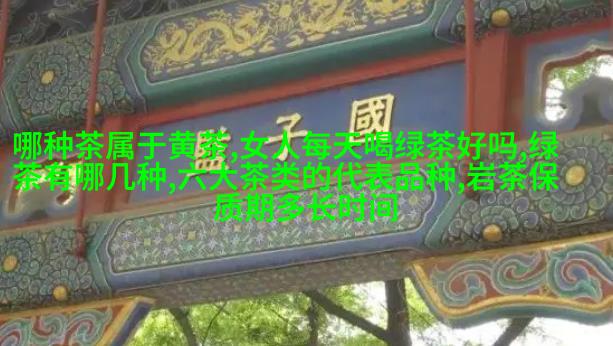As the sun rises over the misty mountains of China, a quiet revolution takes place. It is not just another day in this ancient land; it is a celebration of life, tradition, and tranquility. The revolution we speak of is none other than the Chinese tea culture, which has been an integral part of Chinese society for thousands of years.

The history of Chinese tea dates back to the Shang Dynasty (16th-11th centuries BC), where archaeological findings have revealed evidence that tea was used as a form of currency during trade transactions. However, it wasn't until Emperor Shennong discovered tea leaves accidentally falling into his boiling water around 2700 BC that tea began to gain popularity among the masses.
"Steeped in Tradition: An Introduction to China's Tea Culture"

"From Leaves to Zen: Unveiling the Essence of China's Tea Traditions"
Over time, Chinese tea evolved from being merely a beverage consumed for its medicinal properties to becoming an art form cherished by all strata of society. Today, with over 10 million tons produced annually and more than 1/3rd being exported worldwide, China remains one amongst few countries where green leafy teas are enjoyed by people across generations.

"The Rhythm of Life in a Cup of Chinese Tea"
"Brewing History and Harmony: Exploring Chinese Tea Culture"

In order to understand this captivating world better let us delve into some interesting facts about this enchanting drink:
With over 400 varieties grown across different regions such as Yunnan Province known for Pu'er teas or Anhui Province famous for Keemun black teas each region offers unique flavors reflecting their geography.
From simple earthenware cups called "Yixing teapots" designed specifically for brewing gongfu-style teas like Tieguanyin (Iron Goddess) or Oolong (partially fermented) Teas like Wuyi Rock Oolongs which offer complex aromas with floral notes intertwined with hints sweetness.

In traditional settings like temples or family gatherings friends gather around tables adorned with intricately carved wooden furniture while carefully selecting specific types based on age preferences taste buds' mood & even weather conditions!
Now let us explore three sentences that introduce you further into these fascinating realms:
"As I sit here sipping my jasmine green tea surrounded by nature," says Jingyan Liang who runs her own small-scale organic farm in Fujian province "it reminds me how our ancestors were so mindful when they cultivated these plants."
"I love watching new visitors try their first sip," shares Wang Wei owner at Xi'an’s oldest teahouse - Huaqing Palace - "they close their eyes & take deep breaths – there’s something magical about experiencing what has been passed down through generations."
For many enthusiasts including myself there exists no greater pleasure than immersing oneself within these moments when every sip tells stories from ancient times yet feels timeless." concludes Dr. Zhang Zhenhao Director General at Beijing-based Institute For Ethnology Studies Of The People Republic Of China
In conclusion though modernization has brought numerous changes upon traditional ways life continues weaving tales interwoven threads between past present future thus making 'China's Ancient Brews And Modern Charm' truly unforgettable experience!
